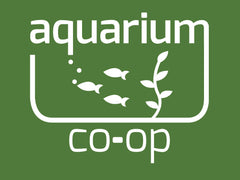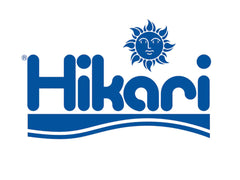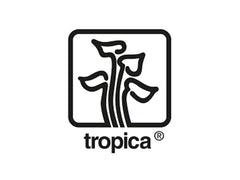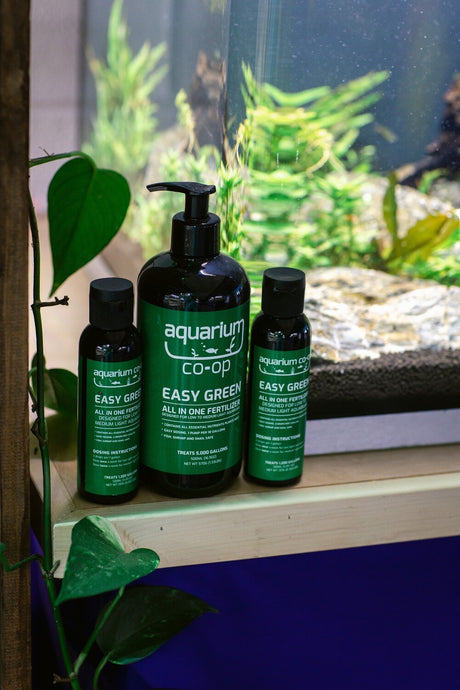Moose-faced Loach (Somileptes gongota) 5-7cm Aquarium Glaser
Moose-faced Loach (Somileptes gongota) 5-7cm Aquarium Glaser is backordered and will ship as soon as it is back in stock.
Delivery and Shipping
Delivery and Shipping
Product Refunds & Returns
- Returns can be processed within 14 days from purchase.
- To return products, they must be in original condition
- Shipping expenses are not refundable
- If your items have been damaged in shipping, please contact us within 24 hours of receipt with photos, and we will assist you.
Livestock Refunds, Returns, & Surrenders
- If you are unhappy with your livestock for any reason, you can bring it back within 72 hours for a full refund; we do not pick up returns
Moose-faced Loach (Somileptes gongota) 5-7cm Aquarium Glaser
Description
Description
Moose-faced Loach (Somileptes gongota), also known as the Gongota Loach, is a unique and fascinating species. Here are some key details about this fish:
Scientific Name: Somileptes gongota (Hamilton, 1822), also known as Canthophrys gongota.
Common Names: Moose-faced Loach, Jaguar Loach, Gongota Loach².
Origin: Found in the Ganges and Brahmaputra river systems in Nepal, northern India, and Bangladesh.
Appearance: Known for its distinctive "moose-faced" appearance with a large head and eyes positioned on top, allowing it to bury itself in the substrate while still being able to see.
Size: Typically grows to about 9-11 cm (3.5-4.3 inches) in length.
Habitat: Prefers slow-moving, shallow tributaries with substrates of mud, sand, or gravel. Often found in areas with thick riparian vegetation.
Tank Requirements: Requires a soft, sandy substrate to allow for burrowing. They thrive in well-maintained aquariums with dim lighting and plenty of hiding spots.
Water Conditions: Prefers temperatures between 18-22°C (64-72°F), a pH of 6.0-7.0, and very soft water.
Diet: Micropredator that sifts through the substrate for insect larvae, small crustaceans, and other small organisms. In captivity, they should be fed sinking dried foods, live or frozen foods like Daphnia, Artemia, and bloodworms.
Behavior: Generally peaceful but can be skittish. Best kept in groups of six or more to reduce timidity.
Specifications
Specifications
-
CategoryLoaches
-
Water pH LevelAcidic, Neutral
-
Habitat PreferencePlanted Tanks, Sandy Tanks, Rocky Tanks, Hiding Spots
-
BehaviourCommunity Fish, Bottom-Dwelling, Schooling
Payment & Security
Payment methods
Your payment information is processed securely. We do not store credit card details nor have access to your credit card information.













